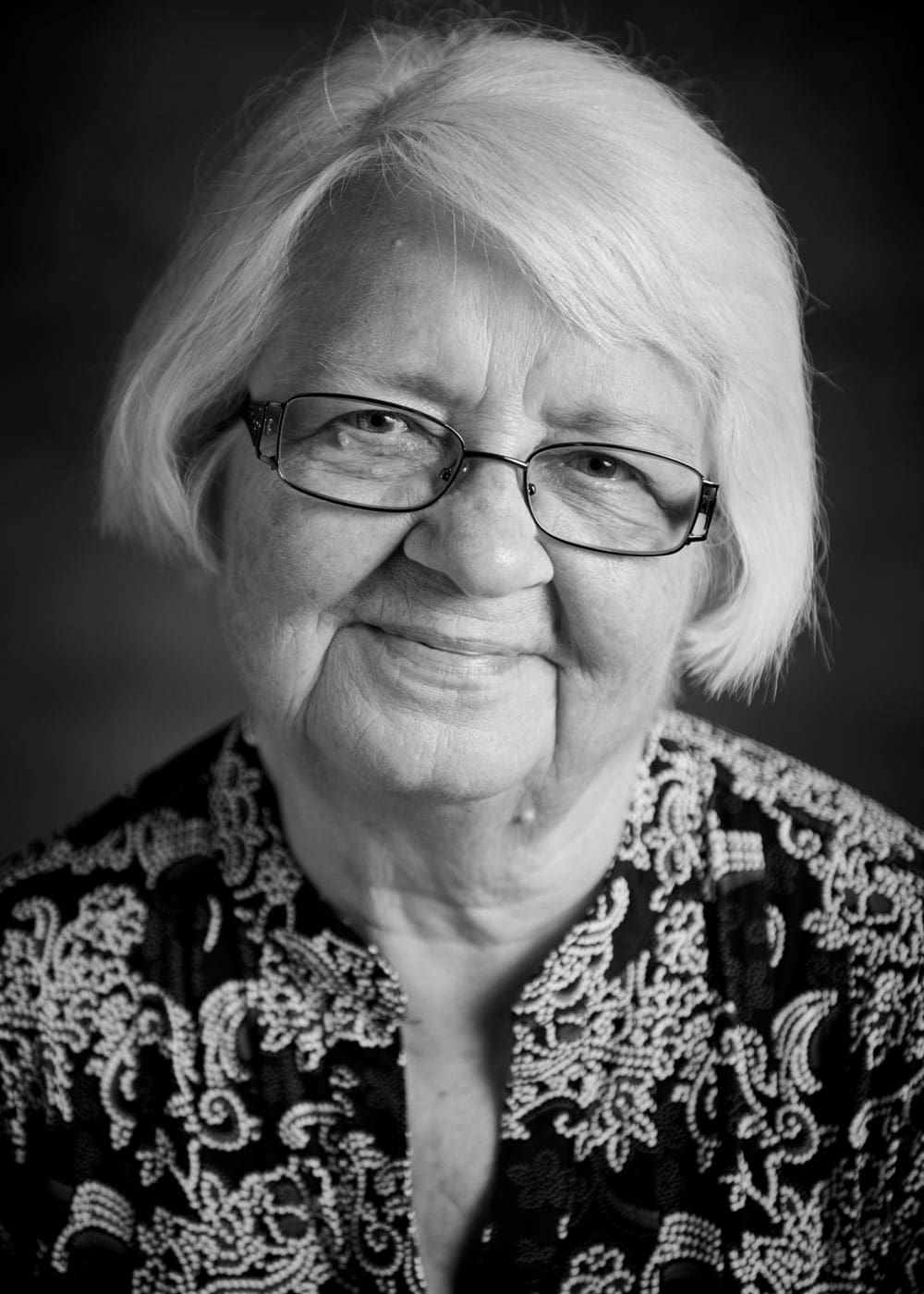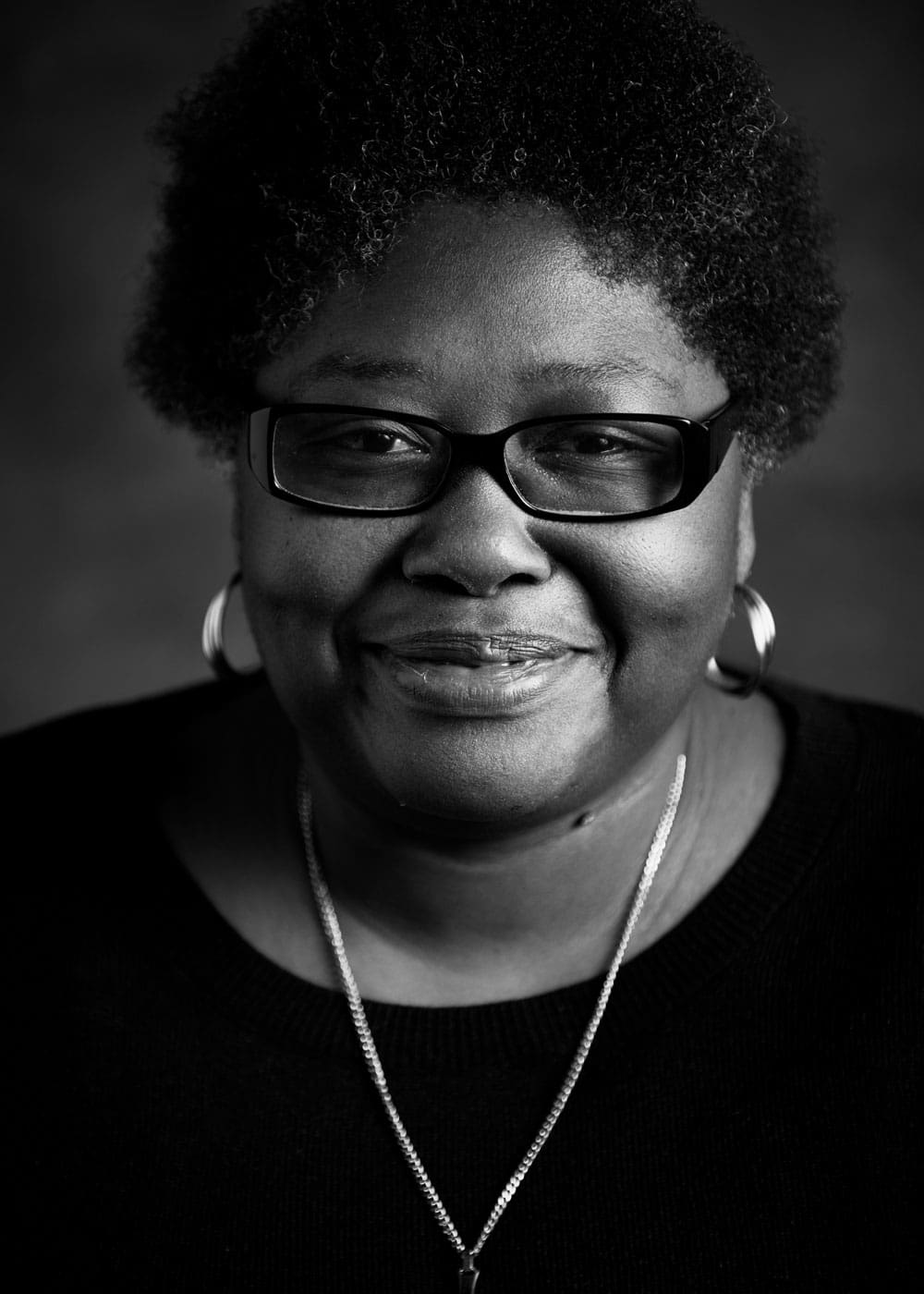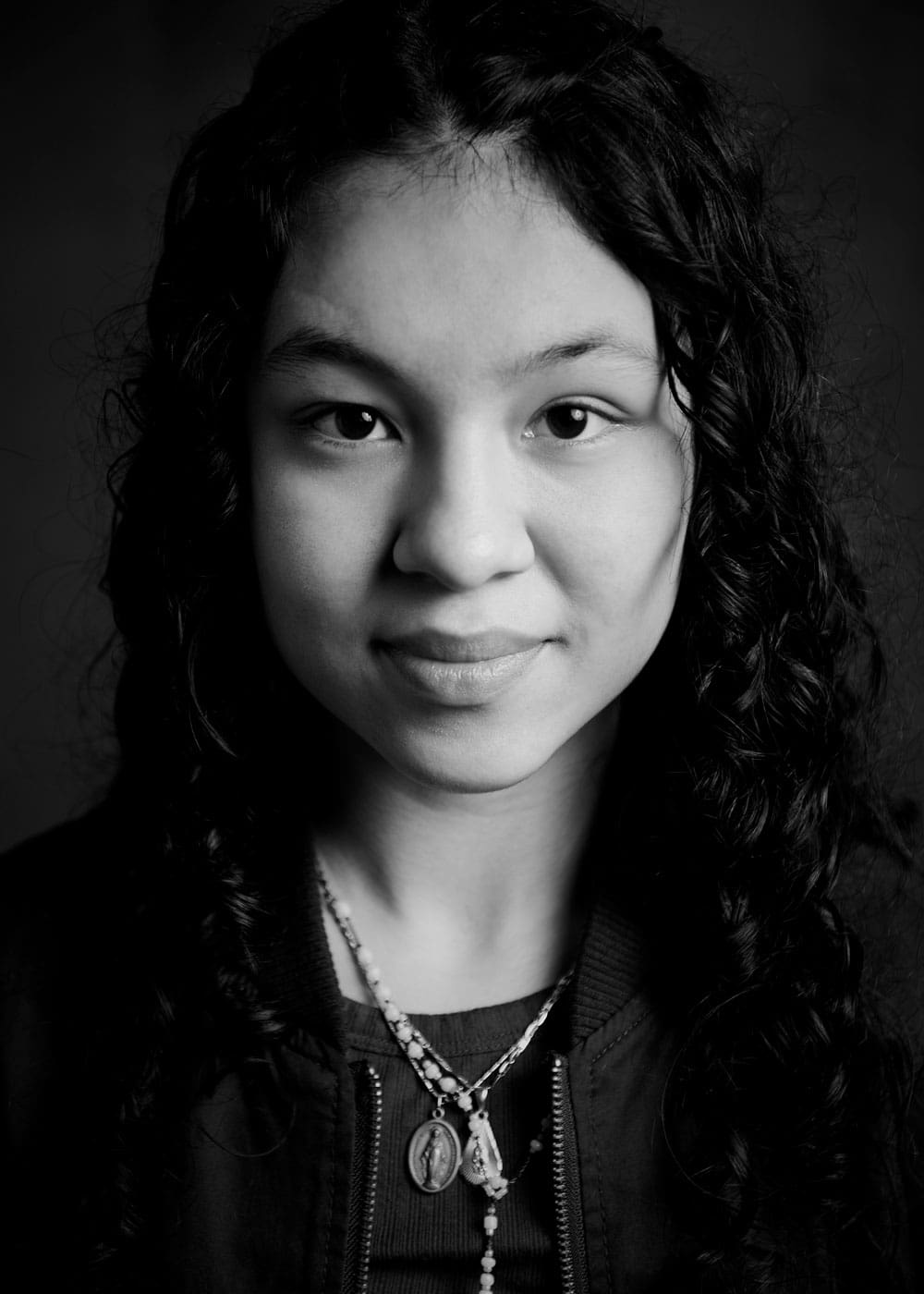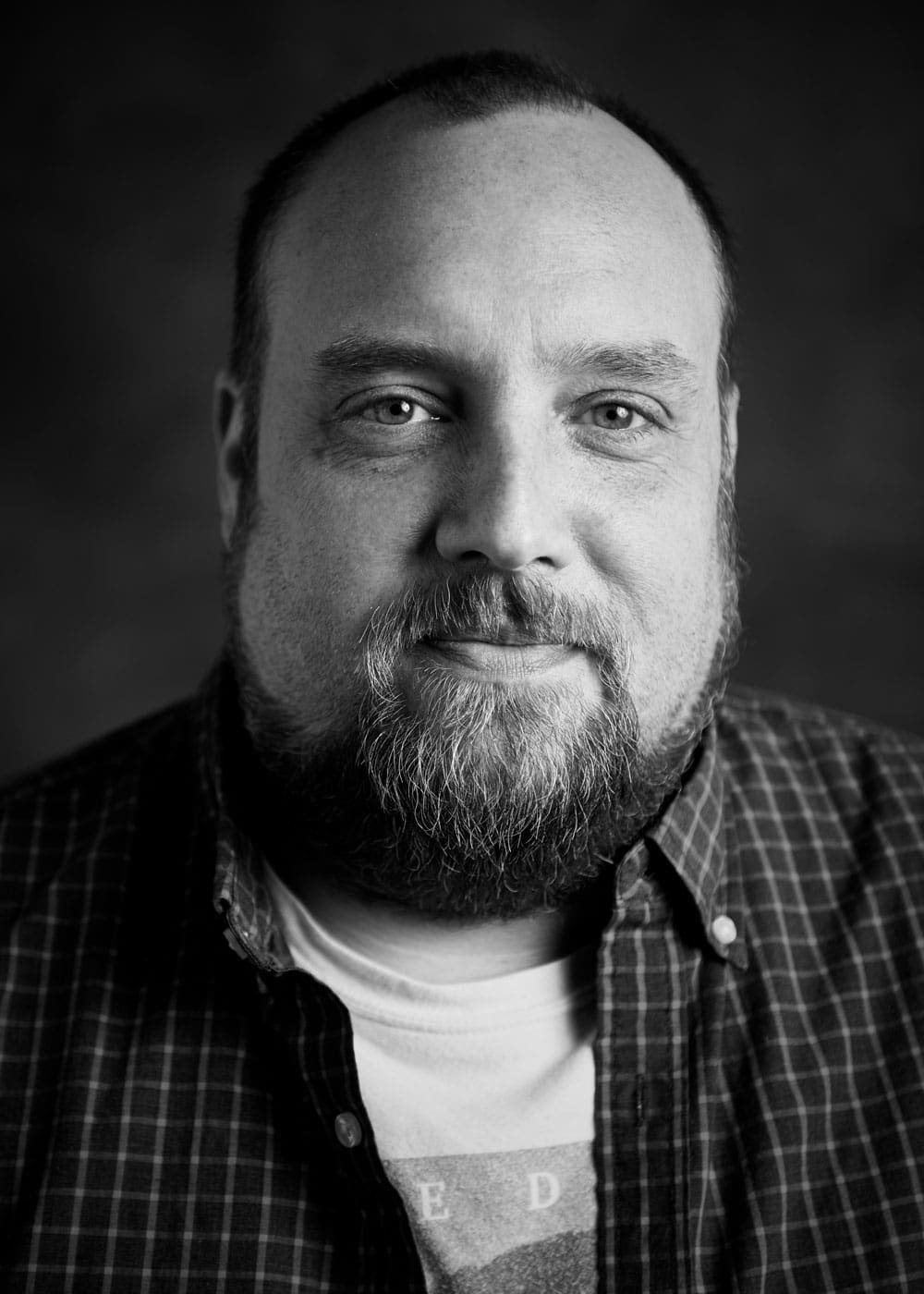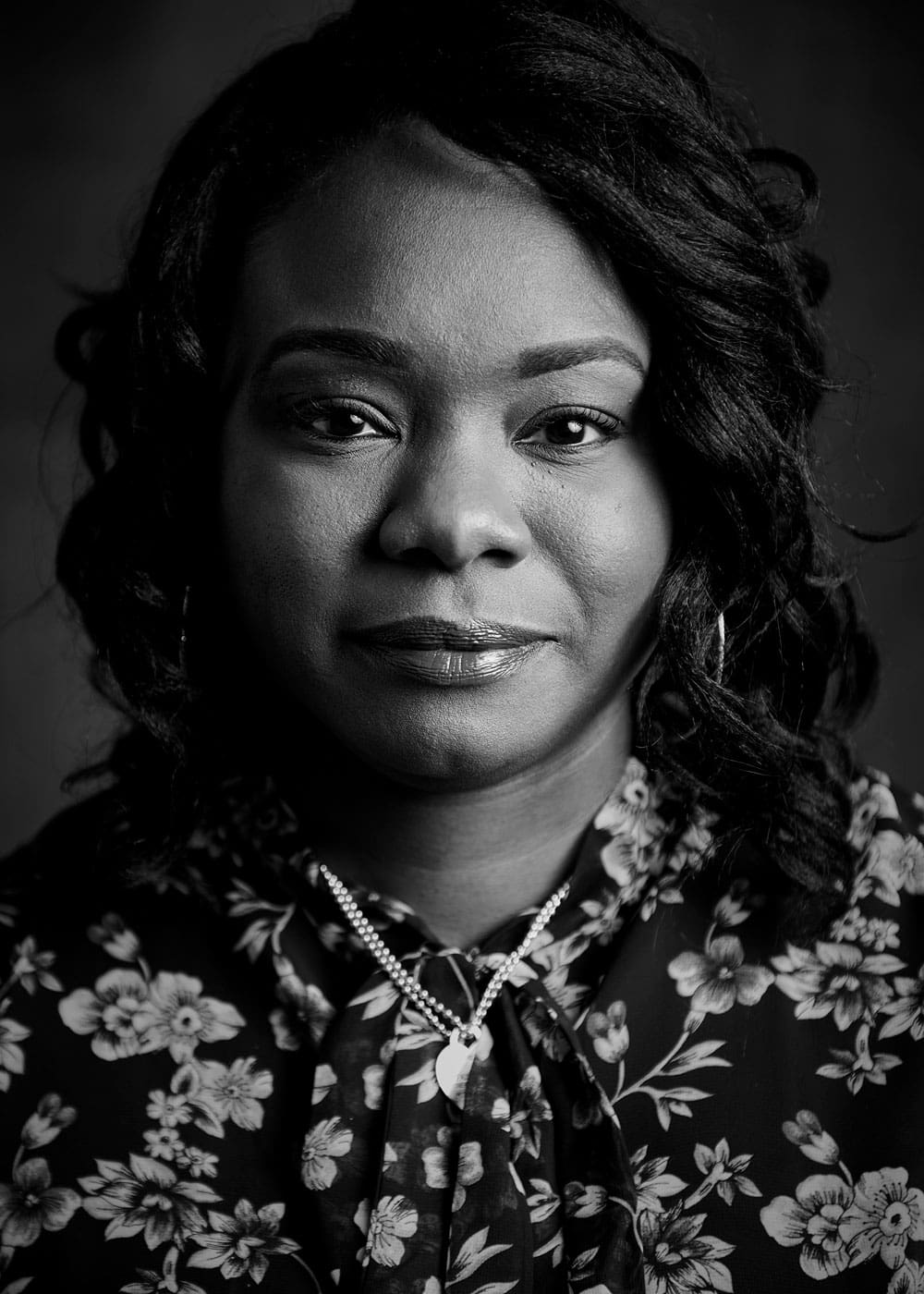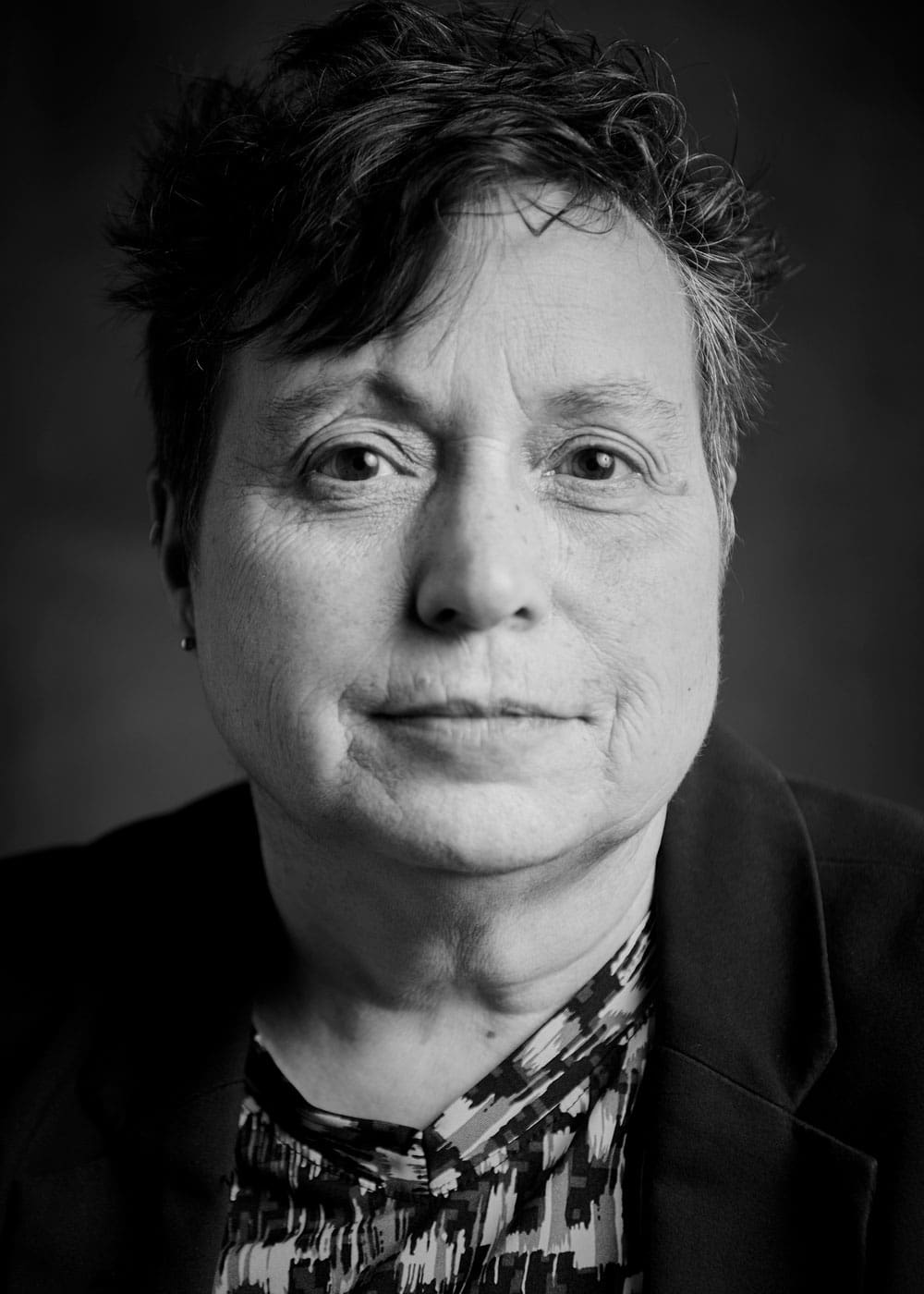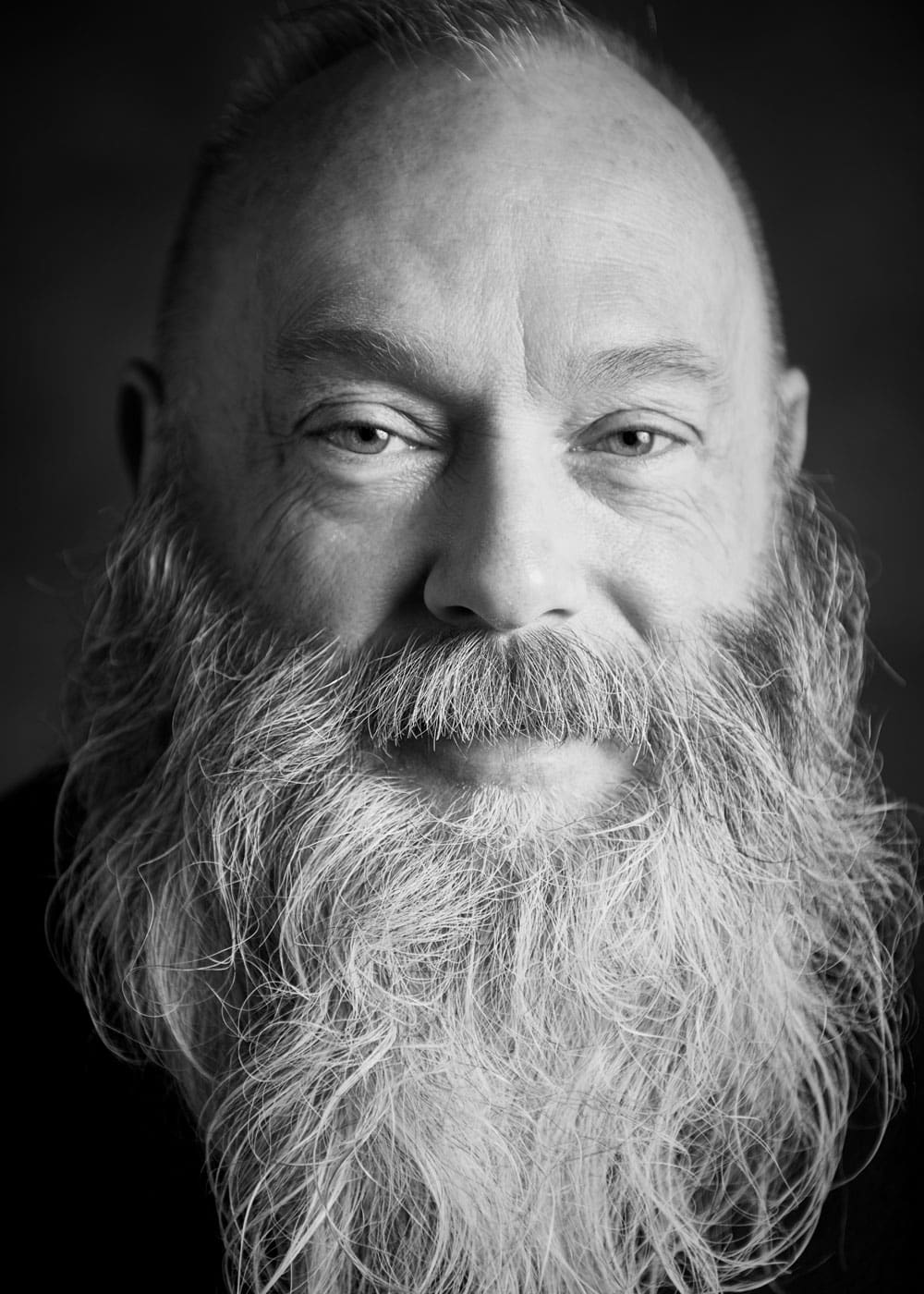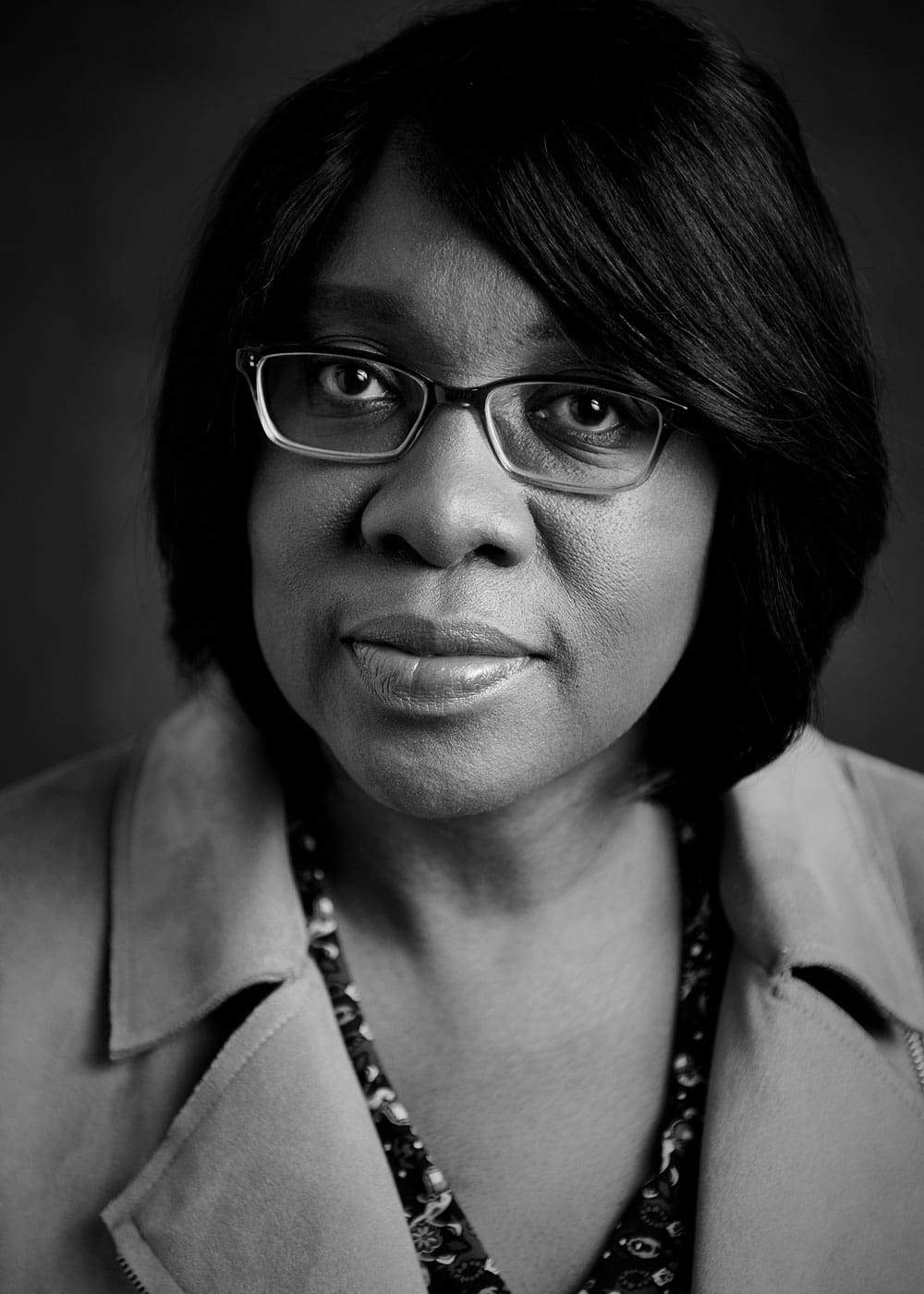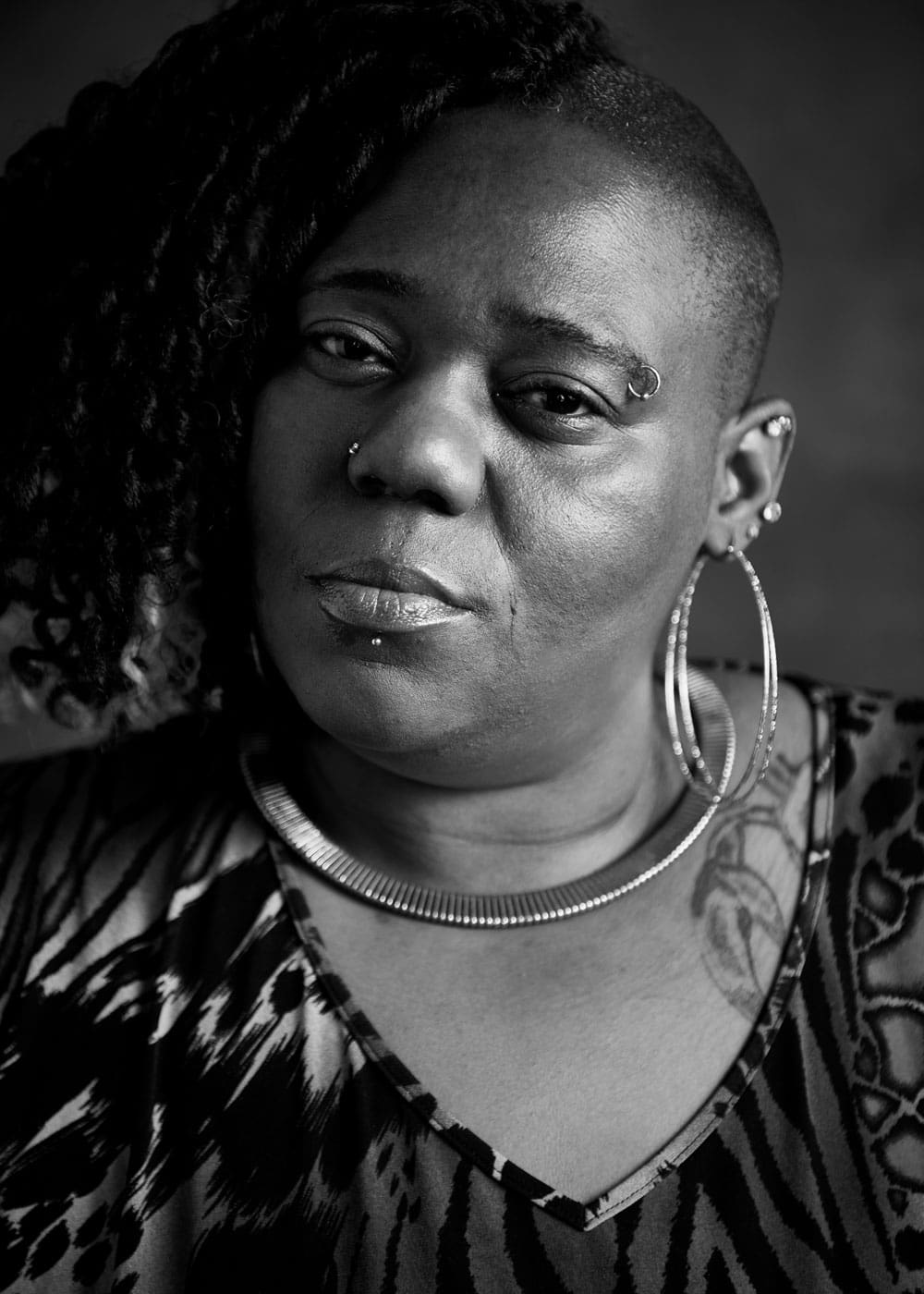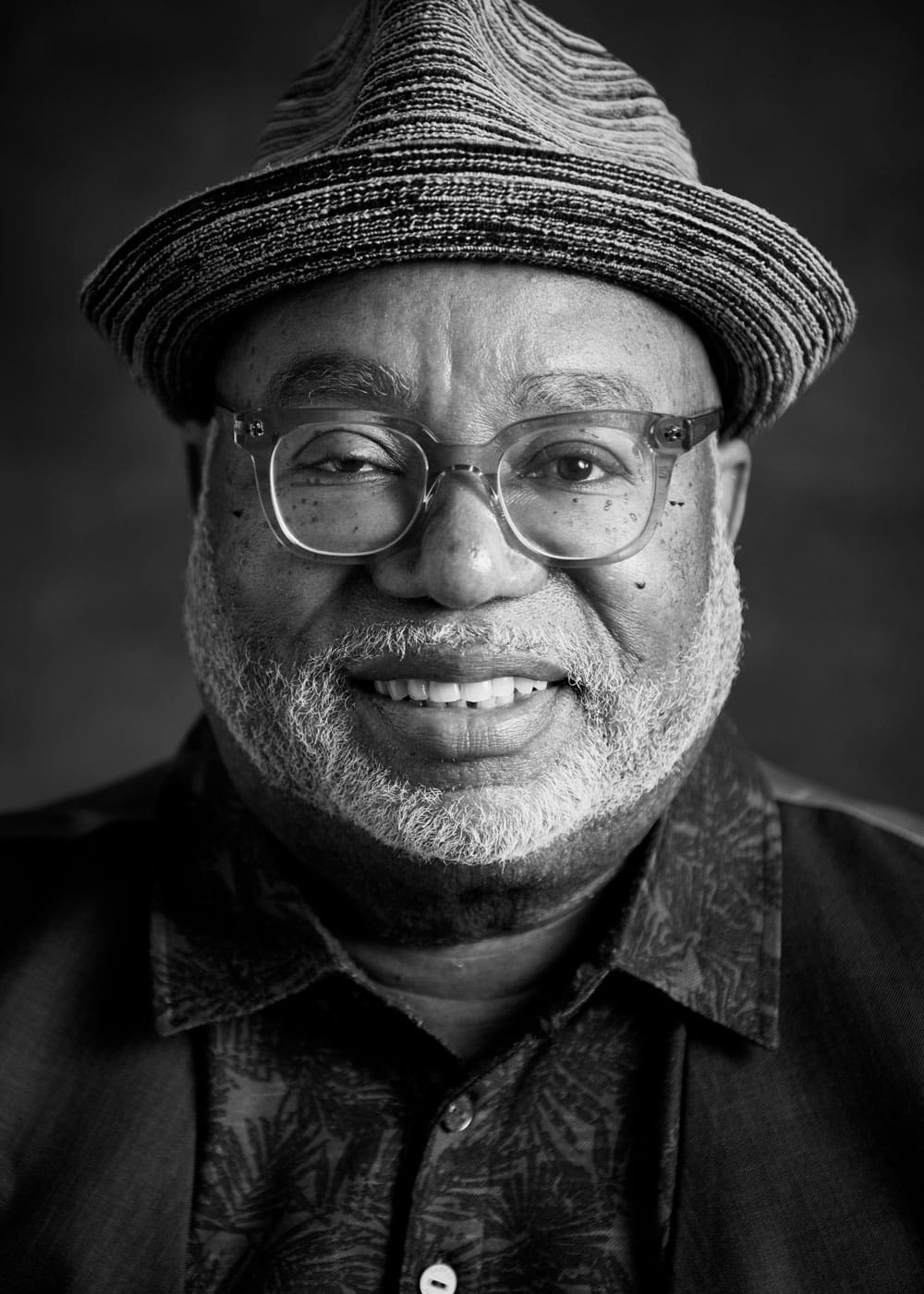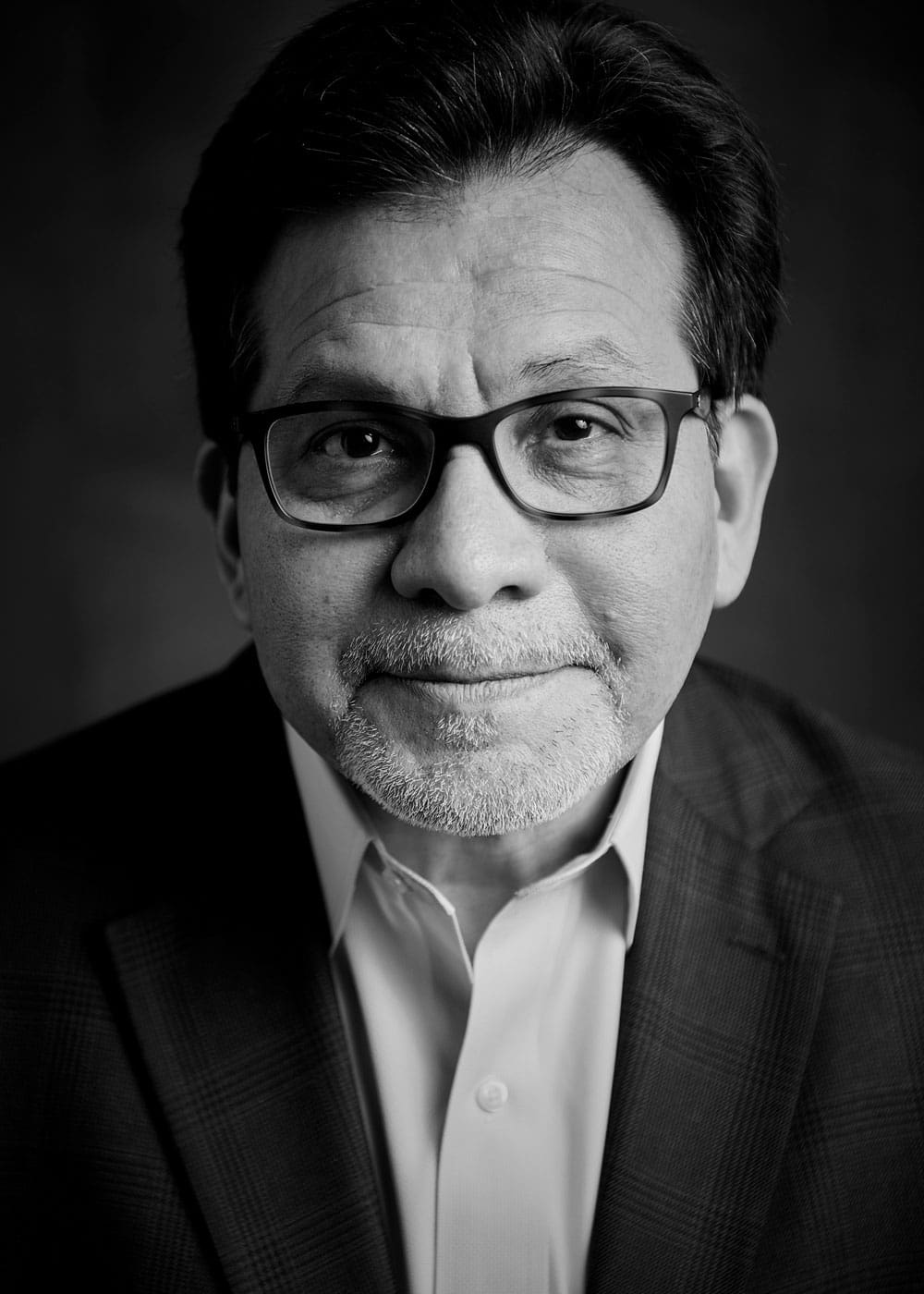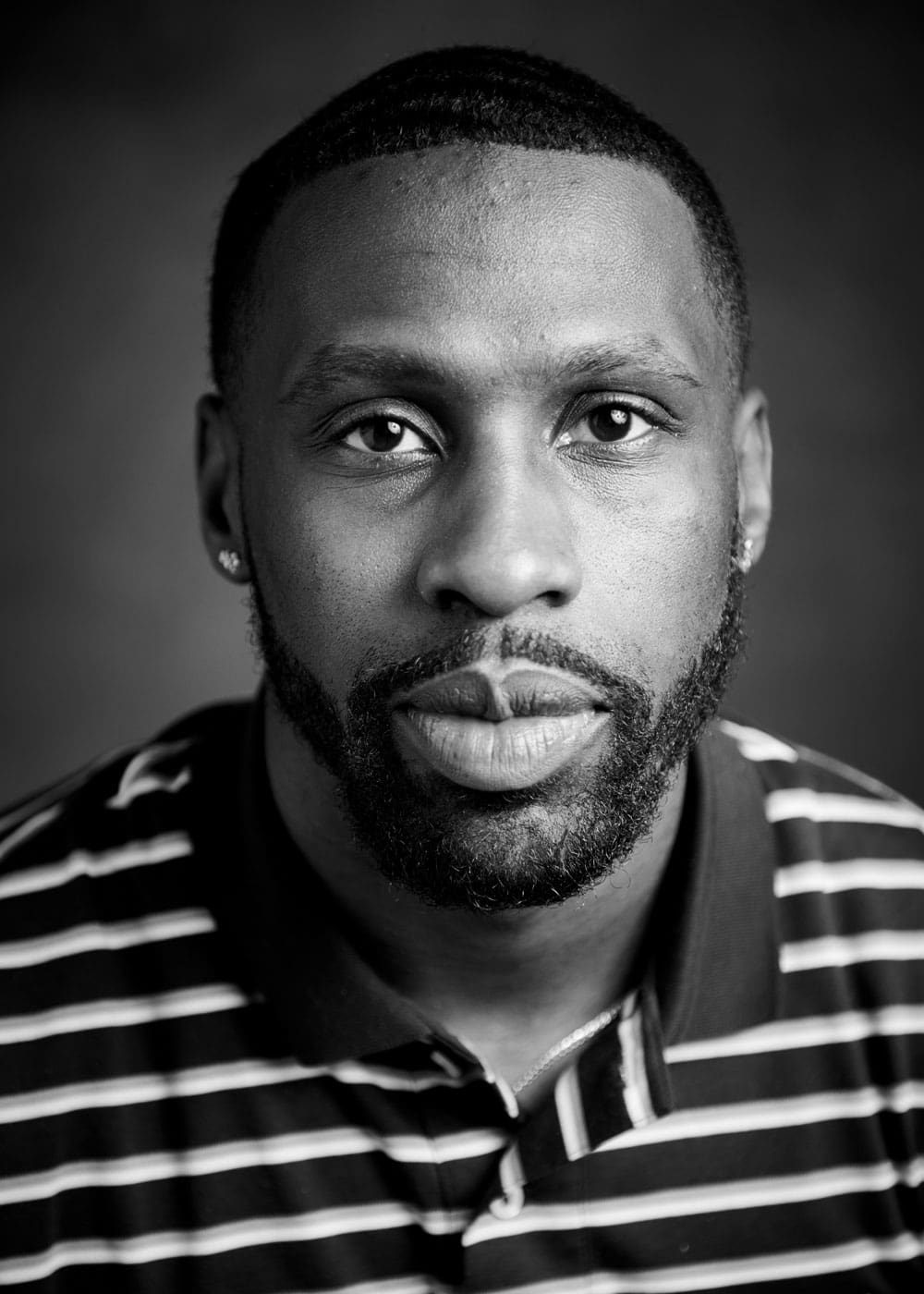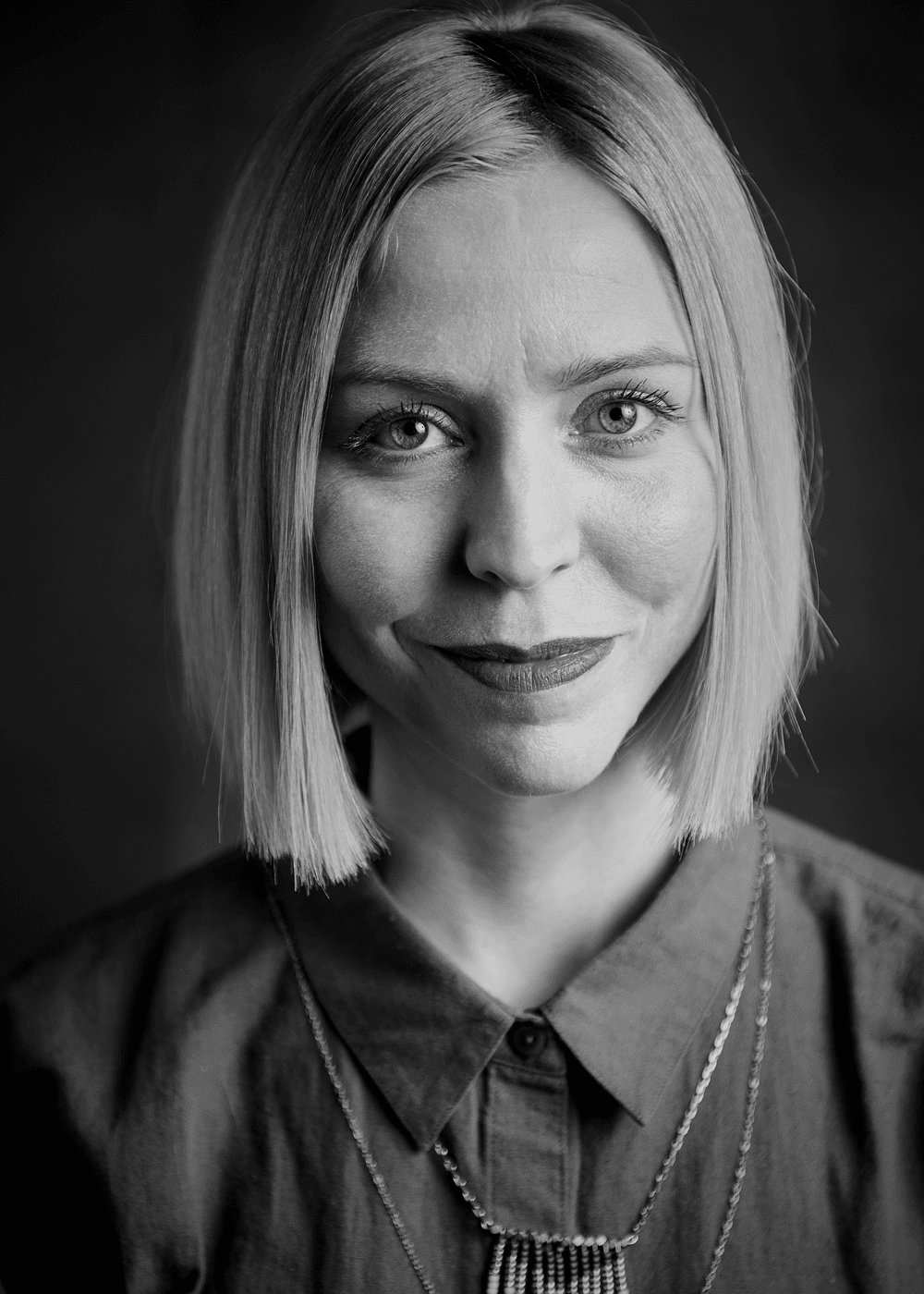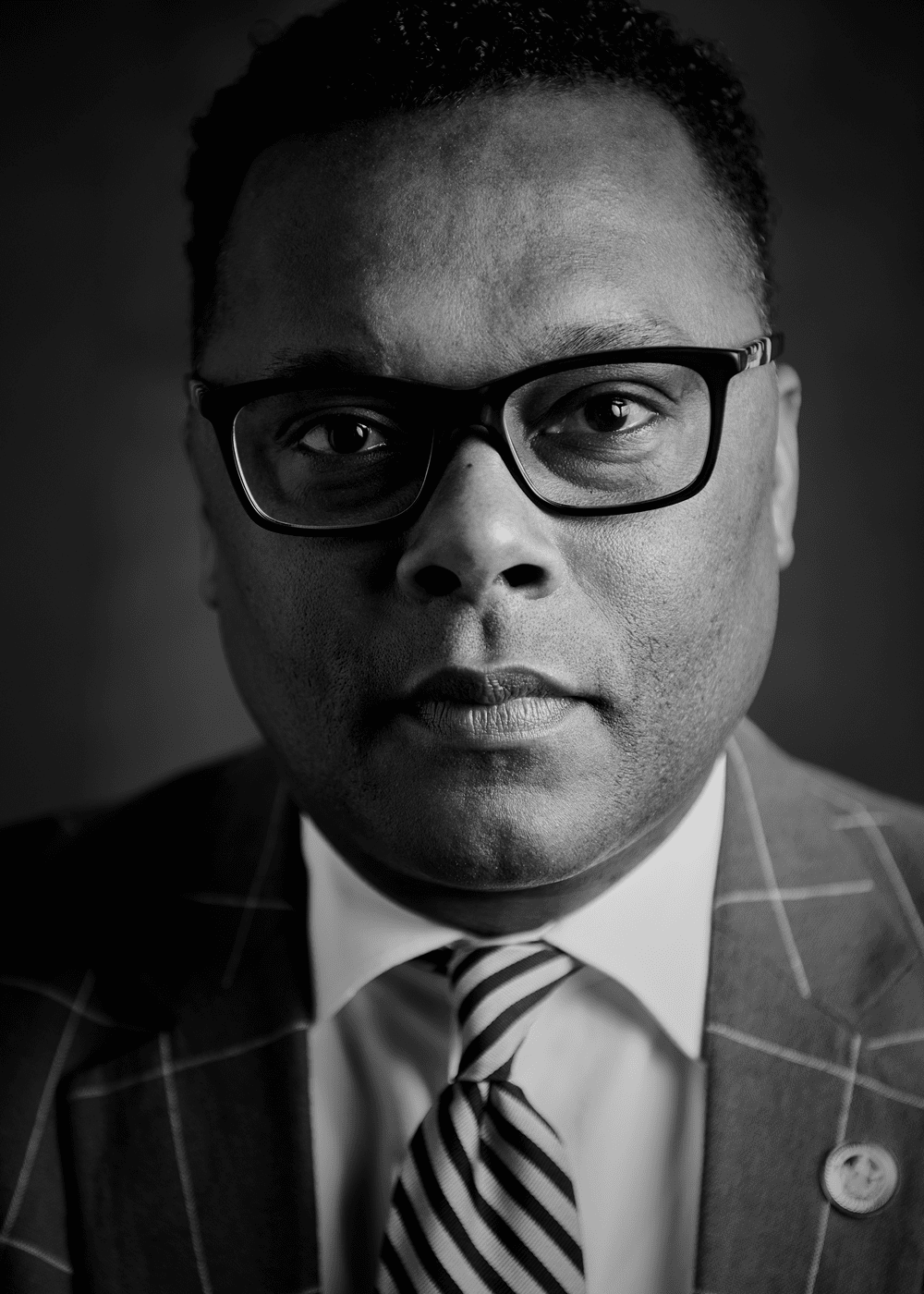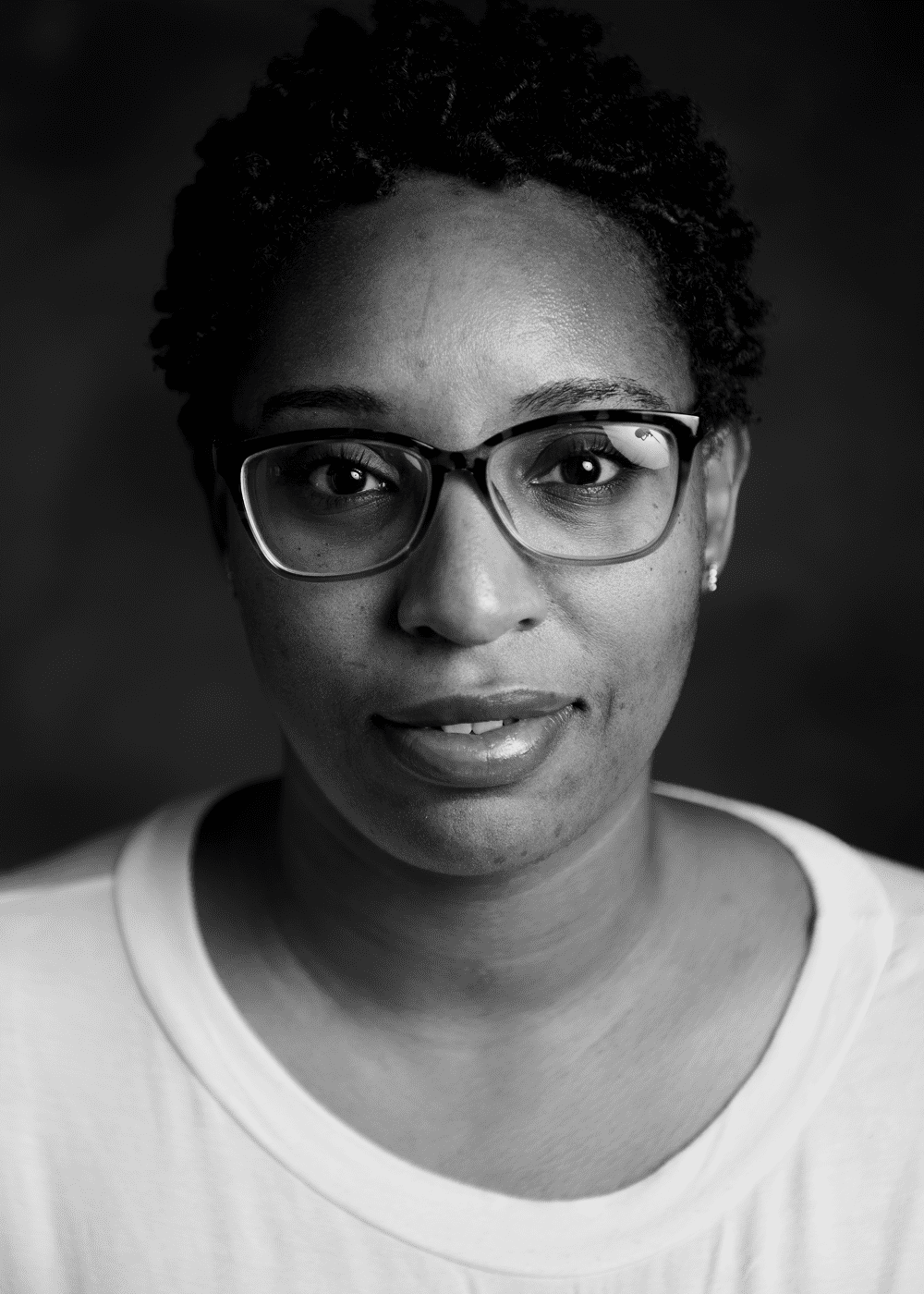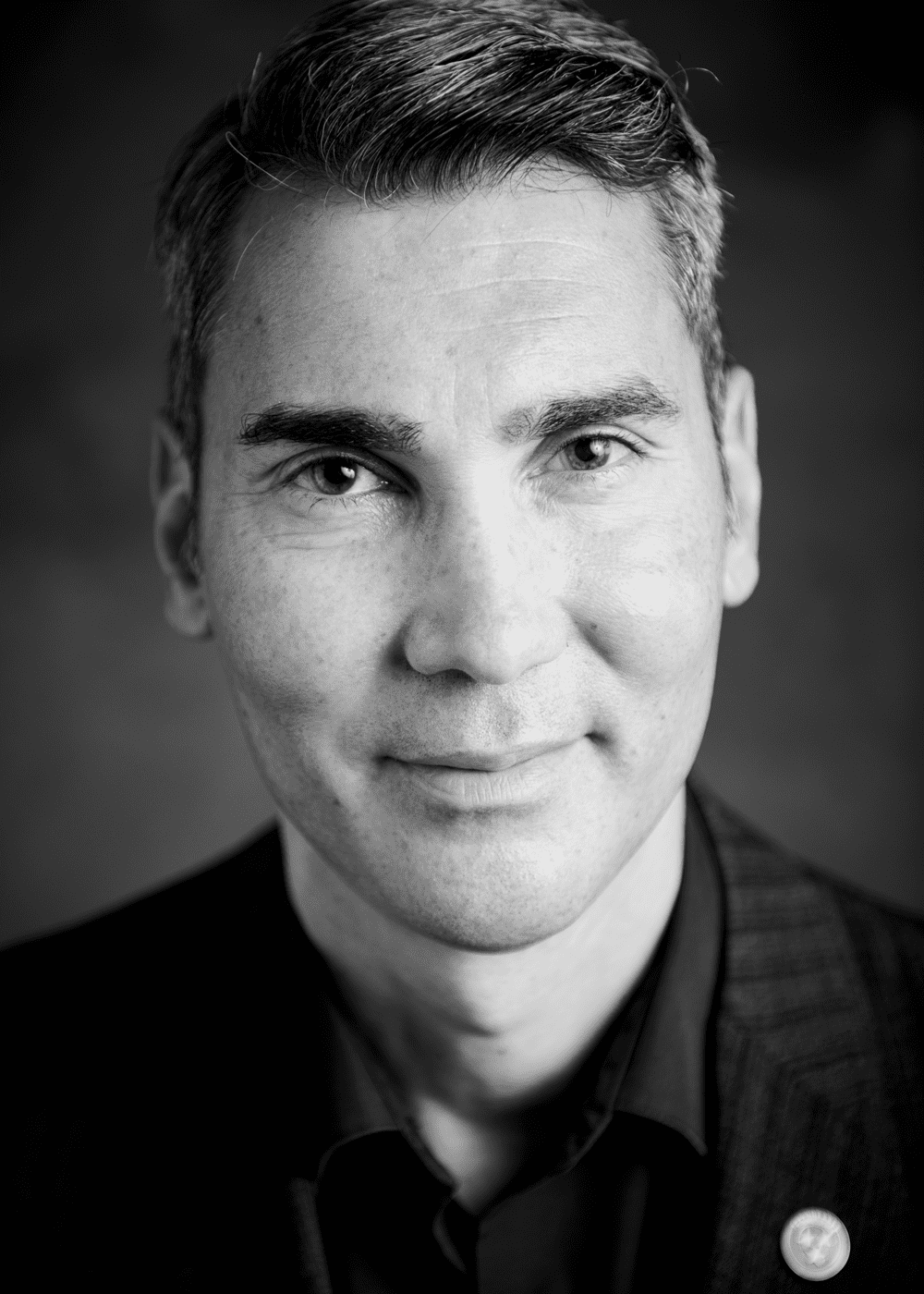Slyms’ kidneys were rapidly failing when she and her six-year-old son moved to Nashville.
She was recently divorced and her kidneys no longer worked well enough for her to survive without dialysis or a transplant. Treatment at Vanderbilt meant the difference between life and death.
For years, Slyms has been on hemodialysis, a process in which a machine and an artificial kidney are used to clean her blood and filter waste that is toxic to her body. This type of dialysis requires her to drive to a facility 25 minutes away, three days a week.
“I have to be there for four hours on a machine, which takes about six and a half to seven hours of my day,” she says.
Before her treatment began, Slyms’ doctor created an access point into her blood vessels through an entrance on her left arm.
“It’s very painful at times and I don’t feel well. I get these horrible headaches and my body just isn’t doing well with it. After the dialysis, I’m kind of beat and completely drained. I don’t have the energy for anything else, and the next day I’m still recovering from the treatment and it just starts all over again.”
She’s not able to work because dialysis—and the recovery from dialysis—takes up most of her time. This makes working full-time and providing for her son and two daughters impossible.
“It’s like a part-time job just to stay alive.”
Slyms went to the Vanderbilt Transplant Program for an evaluation in hopes of getting a transplant. Instead, they recommended she transfer to a different type of dialysis, peritoneal dialysis, which can be done at home while she sleeps. According to the National Kidney Foundation, this type of dialysis allows you to control extra fluid more easily, which may reduce stress on the heart and blood vessels. She’ll be able to eat more, use fewer medications and do more of her daily activities, making it is easier to work or travel.
However, a requirement for at-home dialysis is—a home.
During her evaluation, a case worker at Vanderbilt referred her to Catholic Charities and the Family Empowerment Program, which helps those at-risk for homelessness find and secure stable housing. Many families just like Slyms’ don’t always have a large sum of money such as first and last month’s rent saved in order to sign a lease. The FEP worked with city landlords to determine who accepted housing vouchers and helped provide rent assistance while Slyms transitioned to her own home.
“It’s definitely a juggle. Sometimes the balls fall down—which they did, and that’s where the Family Empowerment Program came in and helped me get the balls juggling again. They have been very supportive in a time where I really needed that support, you know. And it just reminded me that there are really good people in this world that really do care about people.”
For Slyms, securing her own home means more than a roof over her head. It means not being hooked up to machines in a facility three days a week. It means regaining her health and being able to pick her son up from school. It means getting back to the career that she loves.
“Having my children and health issues and having dealt with a recent divorce, it’s definitely taken a toll—but it’s taught me some very valuable lessons that I would not have learned otherwise. I feel like I have the tools I need now to help others.”
Slyms is a healing artist by trade. She’s a certified Reiki practitioner, medicinal aromatherapist and a vocal artist.
“These things have definitely helped me on my journey with my chronic health issues so that’s what I hope to get back to: Helping people heal in a beautiful, artistic way.”


